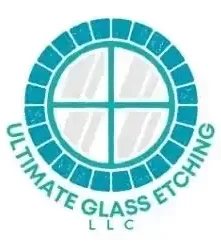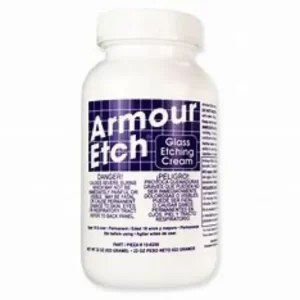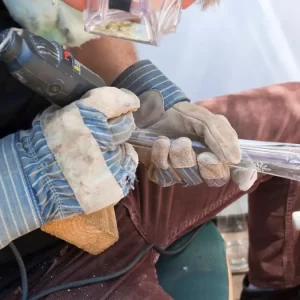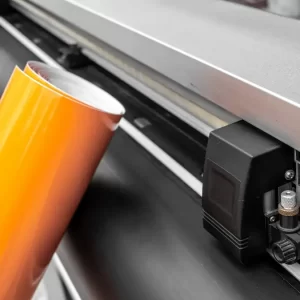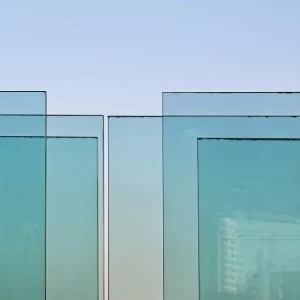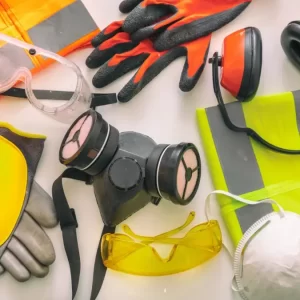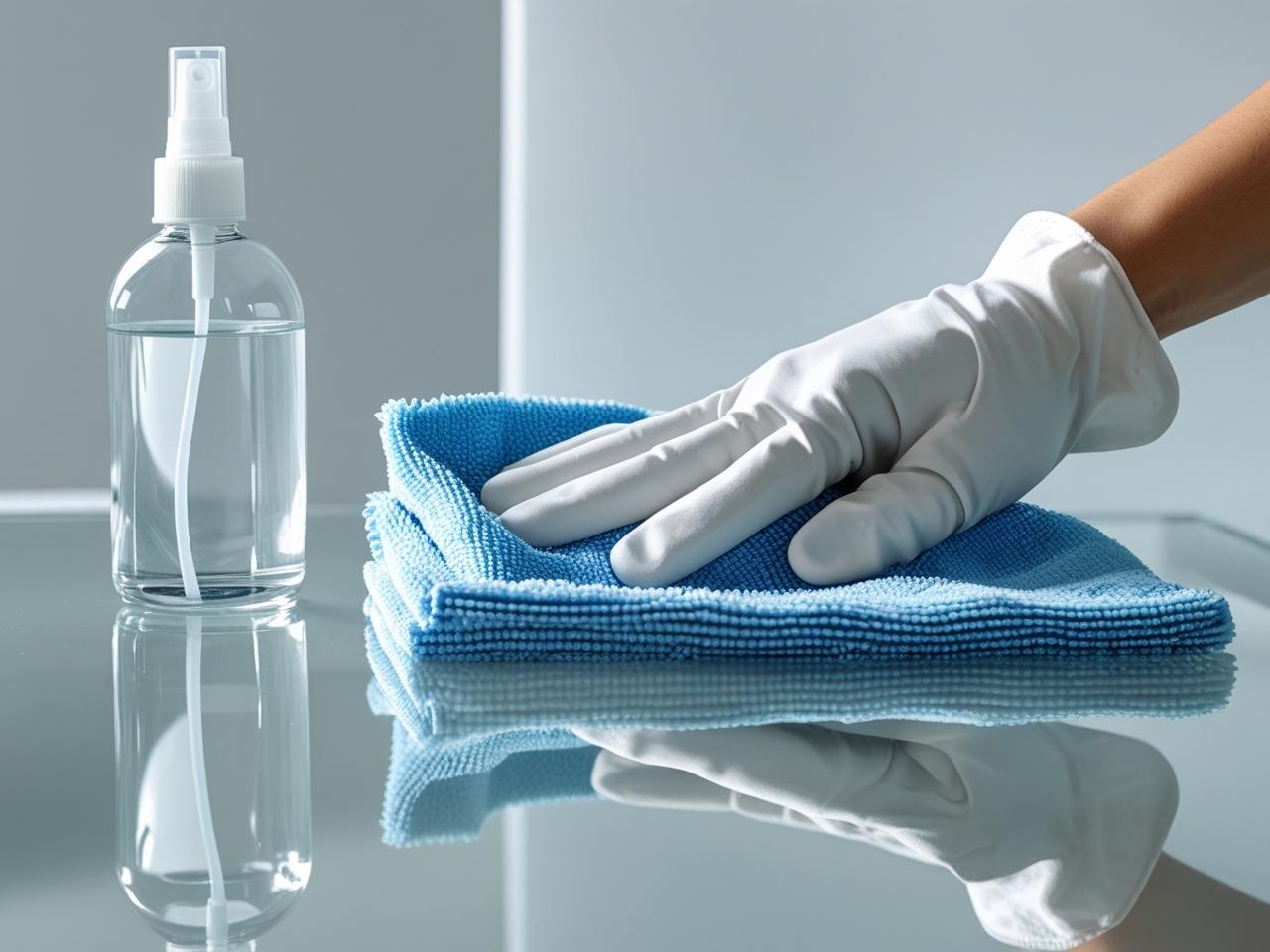
Single Blog
Related Post

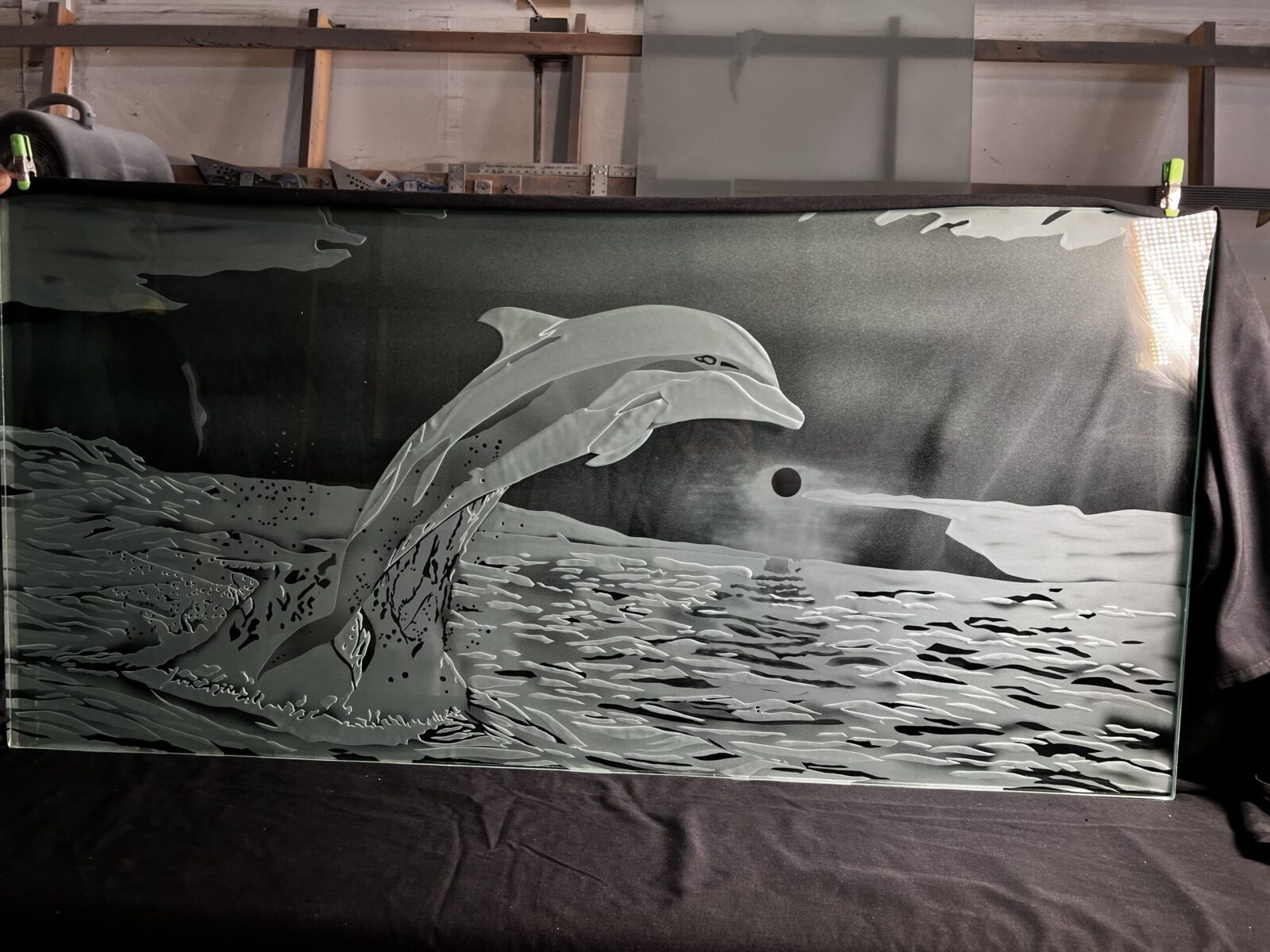
Custom Etched Glass Gift with Dolphin & Sunset – A Unique Luxury Keepsake
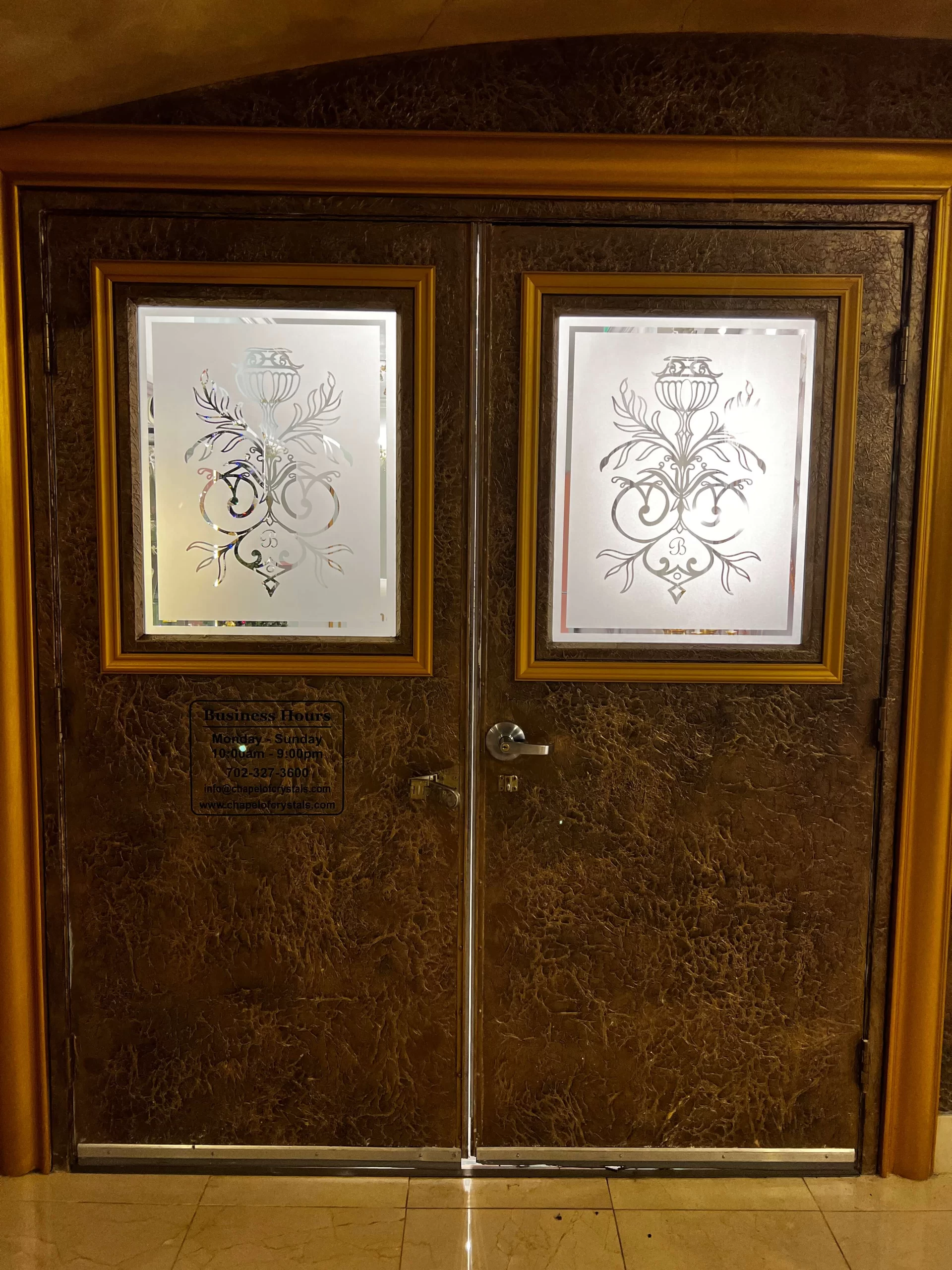
Custom Etched Glass Wedding Venue Doors – From Sticker Removal to Stunning Design
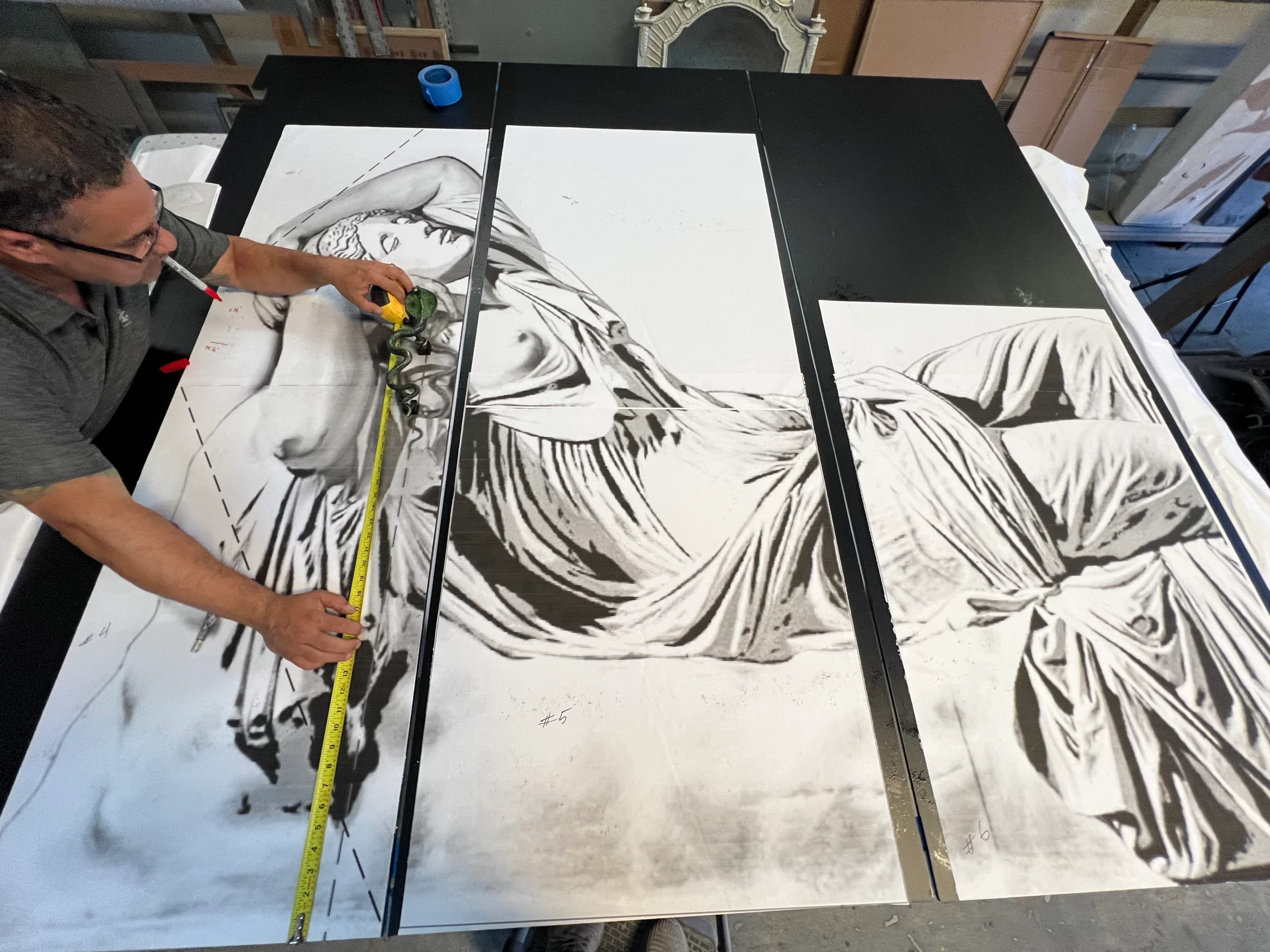
Custom Glass Shower Door – Ariadne Inspired Deep Carving
Tools and Materials for Glass Etching
A Comprehensive Guide
Glass etching is a captivating and popular art form that enables artists to craft intricate designs and patterns on glass surfaces. Whether you’re a novice or a seasoned artist, having the right tools and materials is key to achieving stunning results. In this comprehensive guide, we’ll delve into the essential tools and materials needed for glass etching, offering tips and techniques to help you create beautiful etched glass art.
Tools and Materials for Glass Etching
-
Etching Cream
Etching cream is a specialized chemical compound designed to create a frosted or opaque effect on glass surfaces. This cream works by chemically reacting with the glass, etching away the surface to leave behind a permanent design. Popular brands include *Armour Etch* and *Etchall*. Tip: Always wear gloves and protective eyewear when using etching cream to avoid skin irritation or injury.
-
Engraving Pen
An engraving pen is a precise tool that allows artists to create detailed designs and fine lines on glass surfaces. These pens often come with interchangeable tips, providing versatility in engraving styles. Tip: Choose an engraving pen with adjustable speed settings for better control over your designs.
-
Stencils
Stencils are pre-made patterns that guide your etching or engraving, ensuring accuracy and consistency in your designs. Stencils can be purchased or custom-made using materials such as vinyl sheets. Tip: Adhesive stencils are recommended for beginners, as they stay in place during the etching process
-
Carbon or Graphite Paper
Carbon or graphite paper is used to transfer intricate designs from paper onto the glass surface. This tool is especially useful for artists aiming for precision in their work .Tip: Secure the carbon paper with tape to prevent shifting during the transfer process.
-
X-Acto Knife
An X-Acto knife is a sharp, precision cutting tool essential for creating and refining stencils. It’s particularly useful for achieving clean and accurate cuts in detailed designs .Tip: Use a cutting mat underneath the stencil material to protect your workspace and ensure cleaner cuts.
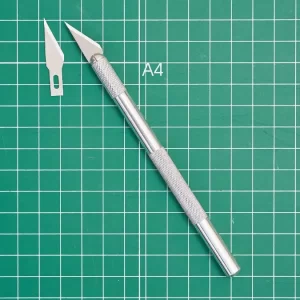
-
Clear or Lightly Tinted Glass
Choosing the right type of glass is crucial for your etching projects. Clear or lightly tinted glass is typically the best choice as it allows the etched design to stand out more clearly. Tip: Thicker glass is often easier to work with, especially for beginners, as it’s more durable during the etching process.
-
Tips and Techniques for Glass Etching
-
- 1. Preparation: Before starting any project, make sure the glass surface is clean and free of dust or oils, as these can interfere with the etching process.
- 2. Test Your Design: If you’re using a new stencil or technique, consider testing it on a scrap piece of glass before applying it to your final project.
-
3.Layering Techniques: For more complex designs, consider layering different etching techniques, such as combining etching cream with engraving for added depth and texture.
-
4. Safety First: Always work in a well-ventilated area when using chemicals like etching cream, and make sure to wear appropriate safety gear.
safety gear Conclusion
Mastering the art of glass etching requires the right tools and materials, as well as a bit of practice and creativity. You can create stunning, professional-quality designs by equipping yourself with high-quality etching cream, precise engraving pens, durable stencils, and the appropriate glass. Remember to experiment with different techniques and always prioritize safety as you work on your projects. With the guidance provided in this article, you’re well on your way to becoming a skilled glass etching artist.
-
